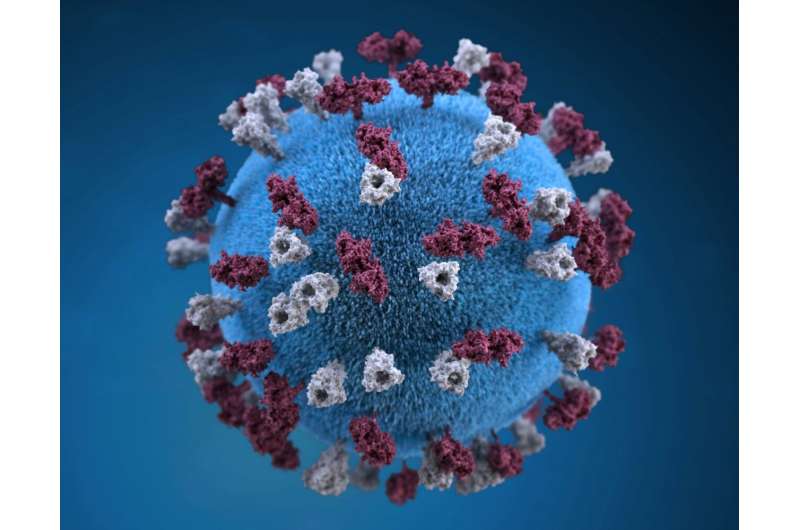Innovative Approach: Nuclear Speckle Rejuvenation as a Potential Treatment for Neurodegenerative Diseases

New research highlights nuclear speckle rejuvenation as a promising novel strategy for treating neurodegenerative diseases like Alzheimer's and Parkinson's, offering hope for future therapies.
Recent advancements in neurodegenerative research suggest that targeting nuclear speckles—specific structures within cell nuclei—may open new therapeutic avenues for diseases like Alzheimer's, Parkinson's, and prion disorders. A groundbreaking study led by the University of Pittsburgh and published in Nature Communications highlights the potential of nuclear speckle rejuvenation to combat proteinopathies, which are characterized by the abnormal build-up of misfolded proteins.
Nuclear speckles play a critical role in maintaining proteostasis—the delicate balance of protein production, folding, and degradation within cells—vital for healthy neuronal function. Disruption in these structures has been linked to neurodegeneration, with previous research indicating that their shape influences cellular health: more spherical speckles correlate with poorer proteostasis.
In an innovative approach, Zhu’s team screened various FDA-approved drugs and identified pyrvinium pamoate, traditionally used against pinworm infections, as a promising candidate. The drug was shown to decrease the spherical shape of nuclear speckles, thus improving their function in cellular models. Notably, in neurons expressing human tau—an associated protein in Alzheimer’s and other tauopathies—the drug significantly reduced tau accumulation by about 70%. These promising results were replicated in animal models; in tauopathy fly models, pyrvinium pamoate markedly enhanced climbing ability, indicating improved neuronal health.
Further investigation revealed a novel mechanism of action: the drug lowers the surface tension of nuclear speckles, causing them to spread out and better interact with chromosomes. This enhances gene expression linked to proteostasis, potentially reversing the pathological processes underlying neurodegeneration. Unlike typical drugs that target specific receptors, pyrvinium pamoate acts globally on chromosomal structures, opening exciting possibilities for broad-spectrum neuroprotection.
Researchers are optimistic about translating these findings into clinical trials, aiming to test whether nuclear speckle rejuvenation could become an effective treatment for proteinopathies in humans. This research paves the way for innovative therapies based on the modulation of nuclear structures, potentially transforming how neurodegenerative disorders are managed.
Source: https://medicalxpress.com/news/2025-08-nuclear-speckle-rejuvenation-frontier-neurodegeneration.html
Stay Updated with Mia's Feed
Get the latest health & wellness insights delivered straight to your inbox.
Related Articles
Connecting Alzheimer's Theories: How Amyloid Beta and Inflammatory Processes Impact Synaptic Loss
Recent research reveals that amyloid beta and neuroinflammation impact Alzheimer’s disease through a shared receptor, offering new avenues for treatment by protecting neural synapses and cognitive function.
Global Study Highlights Gender Variations in Antimicrobial Resistance
A groundbreaking global study uncovers important gender differences in antimicrobial resistance, highlighting variations in resistance genes across countries and age groups, with significant implications for public health strategies.
Measles Outbreak Expands Across 34 States, Focus Shifts to North Dakota
Measles cases are spreading across 34 states in the US, with North Dakota now experiencing the highest infection rate. Public health efforts focus on increasing vaccination and combating misinformation to curb the outbreak.
How Blood Factors in Type 2 Diabetes May Accelerate Breast Cancer Progression
Research reveals how blood particles altered by type 2 diabetes can weaken immune responses within breast tumors, potentially increasing cancer aggression and spread. This discovery offers new insights into treating diabetic cancer patients more effectively.



